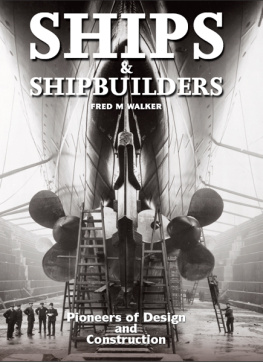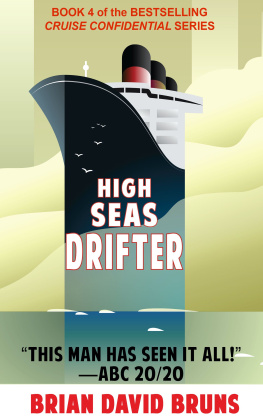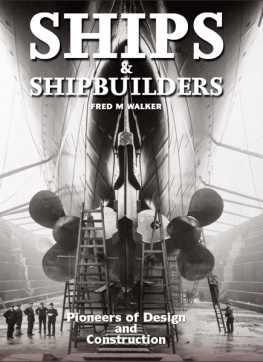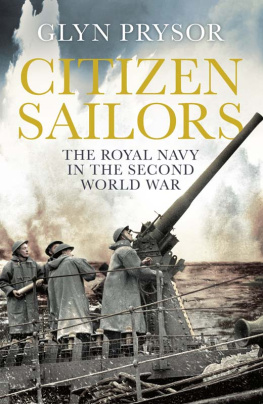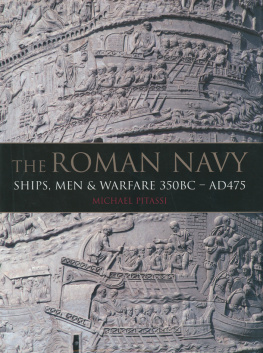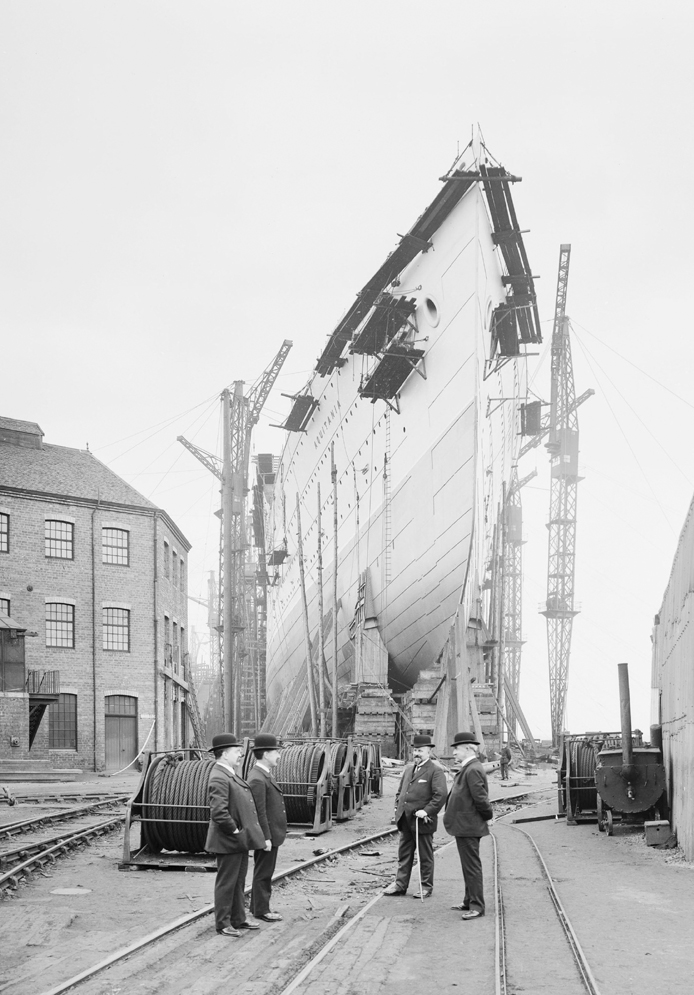
The Cunard linerAquitania under construction at the Clydebank yard of John Brown & Co Ltd. ( The National Maritime Museum, Greenwich, G10689)

Copyright Fred M Walker 2010
First published in Great Britain in 2010 by
Seaforth Publishing
An imprint of Pen & Sword Books Ltd
47 Church Street
Barnsley S70 2AS
www.seaforthpublishing.com
Email
Published in association with

British Library Cataloguing in Publication Data
A catalogue record for this book is available from the British Library
ISBN 978 1 84832 072 7
PDF ISBN: 978 1 78346 574 3
EPUB ISBN: 978 1 78383 040 4
PRC ISBN: 978 1 78346 807 2
All rights reserved. No part of this publication may be reproduced or transmitted in any form or by
any means, electronic or mechanical, including photocopying, recording, or any information storage
and retrieval system, without prior permission in writing of both the copyright owner and the above
publisher.
The right of Fred M Walker to be identified as the author of this work has been asserted by him in
accordance with the Copyright, Designs and Patents Act 1988.
Typeset by Mac Style, Beverley
Printed and bound in Great Britain by the MPG Books Group, UK
Contents
Foreword
THE DESIGN AND CONSTRUCTION of ships has evolved over thousands of years, to produce the largest and most complex moveable structures ever built by mankind. Without them to provide for the safe and efficient transport and recovery of the worlds raw materials and products, modern society as we know it could not exist. However, in this evolution, the eighteenth, nineteenth and twentieth centuries saw perhaps the most dramatic and significant changes to the design and construction of ships, when it became more of a science than an art. This came about at a time of great social and political change.
The design and construction of ships is essentially a team activity conducted by professional engineers in their respective fields and disciplines, often in several countries. However, during this period, a number of individuals made a significant contribution and can rightly claim to have been pioneers of ship design and construction. In many cases, whilst their achievements and lasting legacy may be familiar to those involved in the design and construction of ships, the individuals themselves are less well known, if at all.
In his pen portraits of such men and women, Fred Walker not only describes their achievements, but in doing so charts the development of ship design and construction, seen in the context of the social and economic changes which shaped their lives and work. It is most appropriate that this book should be published in the year when the Royal Institution of Naval Architects celebrates the 150th anniversary of its founding in 1860, since many of those whose achievements Fred Walker describes made their contributions to ship design and construction as members of the Institution.
Trevor Blakeley
Chief Executive
The Royal Institution of Naval Architects
Preface
THE ROYAL INSTITUTION OF NAVAL ARCHITECTS (RINA) has given service to the Shipwrights of the world for 150 years. The RINA has contributed significantly to my professional life, and on this special anniversary, I am pleased to have the opportunity of acknowledging the achievements of this illustrious body. From time to time it is useful to stand back and review the lives and works of naval architects, shipbuilders, engineers, scientists, academics and a host of others who have been instrumental in the development of safe ships for the sea.
With a mere 136 formal biographies included in this book, selection has been somewhat arbitrary, but an effort has been made to ensure most shipbuilding countries and areas are represented as are the main branches of naval architecture and allied professions. To avoid later recriminations, it is essential to state that choice of candidates was mine alone, and selected from lists of the great and the good all deceased prior to AD 2000. Choosing was difficult and avoiding an imbalance in the book with too many people from the same field, the same locality or the same time-frame necessitated the omission of some worthy candidates. Some readers may disagree with the choices, and some even may feel aggrieved, but I hope that a fairly catholic picture will emerge of an industry and profession run by a group of people who were not always saints, but on the whole were decent, honest and dedicated to their calling.
Care has been taken in ensuring accuracy in the text and in checking primary sources where possible. There are considerable discrepancies between the various published accounts of the lives of those of earlier generations, but I hope this book will neither create new errors nor perpetuate too many of the old fallacies. Citizens of the United Kingdom are described throughout as British, except for those extant prior to 1707 who are identified as either English or Scottish. The names are normally listed in order of date of birth, but from time to time people are grouped together for convenience, an example being the mathematicians Euler, Simpson, Tchebycheff and Thomson whose lives spanned 185 years!
Throughout the fairly lengthy gestation of this book, there has been assistance from a multitude of people and institutions. Hopefully none have been overlooked and all are acknowledged opposite.
Fred M Walker
Tenterden
Kent
Acknowledgements
THIS BOOK WOULD NEVER HAVE SEEN the light of day had it not for the help of the Chief Executive and staff of the Royal Institution of Naval Architects; Trevor Blakeley has given friendship, encouragement and support at every stage and for this I thank him sincerely. It is hardly necessary to remind members of the Royal Institution that we have an excellent headquarters team, but it does give pleasure to do so and to thank all who have given help and backing in the preparation of this book.
I am grateful for assistance from old friends at:
Statens Arkiver, Copenhagen
The Institution of Engineers and Shipbuilders in Scotland
The Library of Lloyds Register
Glasgow Museums
The Scottish Maritime Museum, Irvine
The National Maritime Museum, Greenwich
Handels-og Sfartsmuseet p Kronborg, Denmark
On a more personal basis I must thank the following friends:
Dr Martin Bellamy, Glasgow Museums
Emeritus Professor Harry Benford, Ann Arbor, Michigan (following deep consideration we have decided not to include his helpful suggestions of Noah and Helen of Troy)
Lars-Erik Brene, Copenhagen
The late David K Brown RCNC
Douglas Brown, Gourock
Emeritus Professor John Caldwell FREng, Windermere
David Chalmers RCNC, Bradford on Avon
Mat Curtis, Lloyds Register
Tom Dunn, Greenock
David Fellows RCNC, University College London
Dr Larrie D Ferreiro, Fairfax, Virginia
Dr Denis Griffiths, Liverpool
Bryn Hughes of HMS Trincomalee Trust, Hartlepool
David Hutchings of BVT Surface Fleet (Portsmouth) Ltd
Mrs Barbara Jones, Lloyds Register
Mrs Mary Kohn, Ayrshire
The late Professor Alexander Kholodilin, St Petersburg
Bruce Stannard, Sydney NSW
Henning Morgen, Copenhagen
Dr Horst Nowacki, Berlin
Next page
